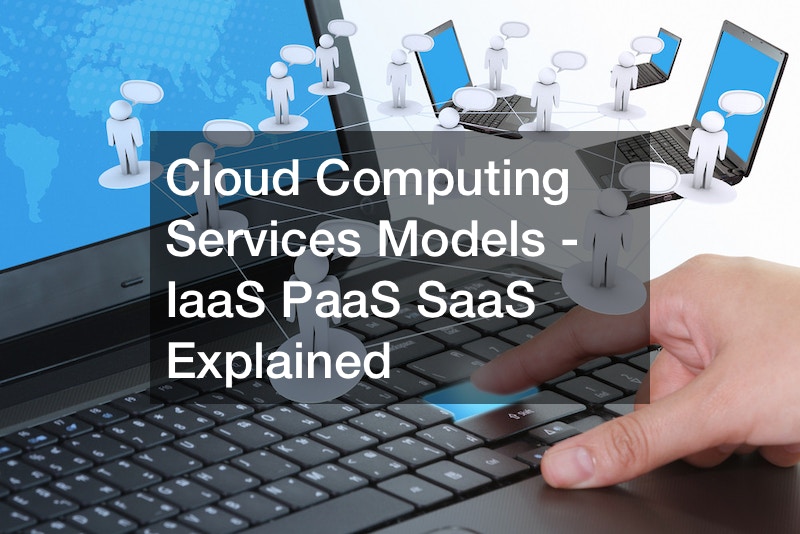

This video defines cloud computing and explains its characteristics. Cloud computing comprises three delivery models: The SaaS infrastructure delivery model refers to renting on-demand hardware and software to run your applications from a third-party provider. Software as a Service (SaaS) is a pay-per-use application that does not require installation on your PC.
The Platform as a Service (PAAS) infrastructure delivery model provides access to a computing platform with preinstalled development tools. It allows customers to develop software applications on its platform. PaaS allows users to run their applications on the same infrastructure that large Internet companies use. PaaS providers manage all aspects of the application, and developers won’t have to worry about underlying hardware or software issues.
Infrastructure as a Service (IaaS) provides access to fundamental computing resources through virtual servers, networking, and storage space. IaaS runs as a utility service where the customer pays only for what they use. IaaS suits system admins and will be responsible for handling applications, middleware, and data.
Cloud computing provides availability, scalability, and flexibility at a low cost. A cloud-based infrastructure delivery model is easy to manage and maintain because it is a service model rather than an application license model.







